NOVEMBER 19, 2020
SELLING IT—RELOADING EQUIPMENT PART 1
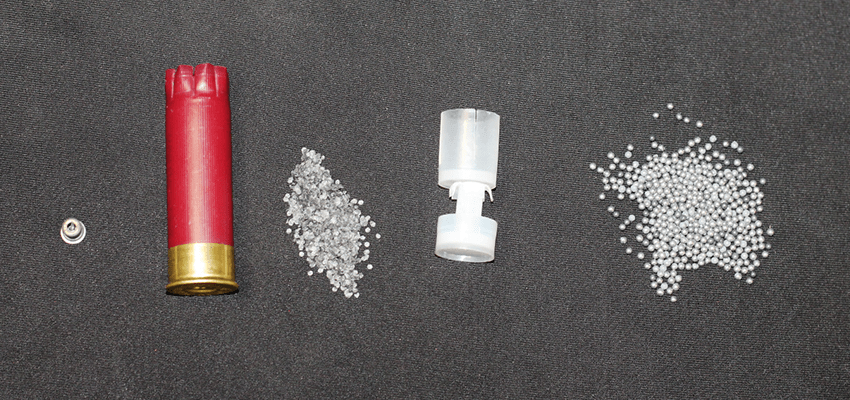
With more new gun owners than ever, there’s a whole crop of customers who are going to start wondering about the “mysterious” world of reloading, if they haven’t already. At the same time, many likely don’t even know you can make your own ammunition at home.
The truth is, of course, that reloading isn’t that mysterious, though it can certainly be intimidating to a newbie. More than a few will blanche after seeing the breadth of bullets, primers and powders available, not to mention those sometimes astronomically expensive and complex progressive stage presses. But if a customer is really into the details and specs on firearms—and with everyone experiencing just how hard it is right now to acquire ammunition in volume—this is an opportune time to start the conversation about “rolling your own” ammunition.
Start With a Shotshell—Yes, a Shotshell
So how do you start that conversation? One way I’ve found to introduce new customers to the world of reloading that’s a lot less intimidating and gets them started on a modest budget? Reloading shotshells.
I know, you’re thinking your customers are all clamoring for 9mm right now, but shotguns, especially for self-defense, have been selling like hotcakes too. But like I said, this about getting your new customers introduced to reloading in a way that doesn’t send them running for the door. The components of a 12-gauge shell and the tools needed to reload them are fairly inexpensive, comparatively, and the physical dimensions are bigger than the components of rifle or handgun ammunition, making them easier to work with. All that adds up to making the idea more approachable for the tentative novice.
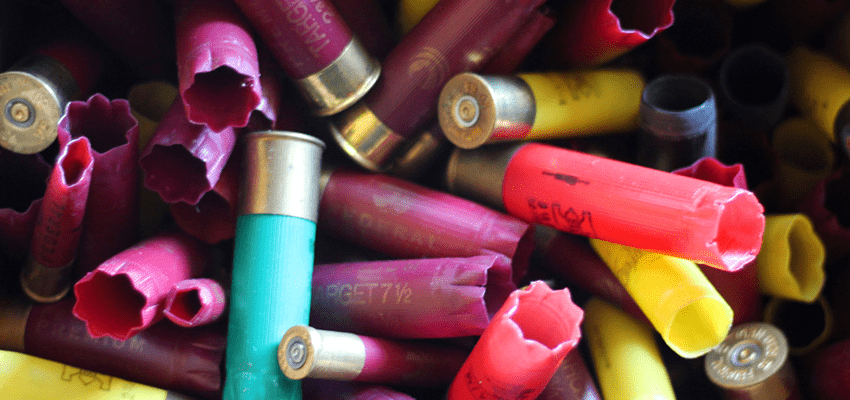
Build Bundles
One thing many gun counter people tout and lead with when trying to sell reloading equipment is its cost savings. Sure, depending on the price of components at any given time, especially lead, reloading can save a customer up to $10 per box of shells on target loads. While anyone likes to save a buck, that’s not likely the overriding concern when your store is rationing one box of ammo per customer. So, mention the price savings but first pitch the process of reloading mostly as something that recycles shells instead of wasting them, then as a way to create custom loads once they feel comfortable enough to do so.
If, at this point in the conversation, your customer is on board, you’re next going to talk about the tools to reload. The sheer array of reloading equipment can quickly become overwhelming, especially with rifle cartridge reloading, and that’s another reason I suggest starting with shotshells. They require a fraction of the tooling centerfire cartridges do, and to make it even easier for them to go out of the store with a full shopping bag, bundle the shotshell reloading products together based on a reloading recipe that meets their needs for target shooting, self-defense or hunting. That bundle should include an affordable press, a bag of hulls, a bag of wads, a bag of shot, pound of powder, a powder measure, a scale, and primers—enough to make 50 or 100 rounds—and, of course, a shotshell reloading handbook with the appropriate recipes highlighted, so they can get started as soon as they get set up at home. If you really want to show them you care, include a simple set of instructions and email them some good online guides or videos that you have vetted personally.
A Budget Press That Delivers
Far too many firearm retail stores have a press or two on the counter but make no effort to demonstrate them beyond pulling the lever on a progressive to spin the stage wheel around and talking about what the various stations do. You wouldn’t take that approach to selling a first gun to someone, so why get lazy here?
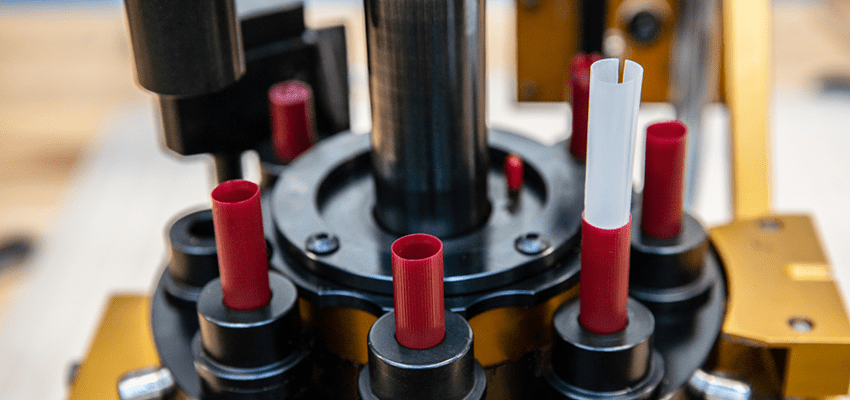
You don’t need to demo every press you carry, but if you have the room to display them, you should make those displays live displays on which shells can be loaded from start to finish with the customer.
A great press to demo for new customers is the Lee Precision II Load All. It’s about the simplest multi-stage shotgun press on the market, and untold numbers of reloaders got started with one of these over the years. It normally retails for less than $60, is available for 12-, 20- or 16-gauge shells, and requires no additional tools to load complete shotshells. It’s all there, in one easy-to-use machine that allows customers to load almost any 2¾- or 3-inch shells they want. It doesn’t crank them out with the speed a high-volume shooter would require, but it’s exactly the right speed for a beginner.
The press includes 24 molded plastic shot and powder bushings, as well as a built-in spent-primer catcher. An optional primer feed device is available, but not necessary. Be sure to tell your customer that the press has to be clamped or bolted near the edge of a bench or table for use (or bolted to a board that can then be clamped easily to a table).
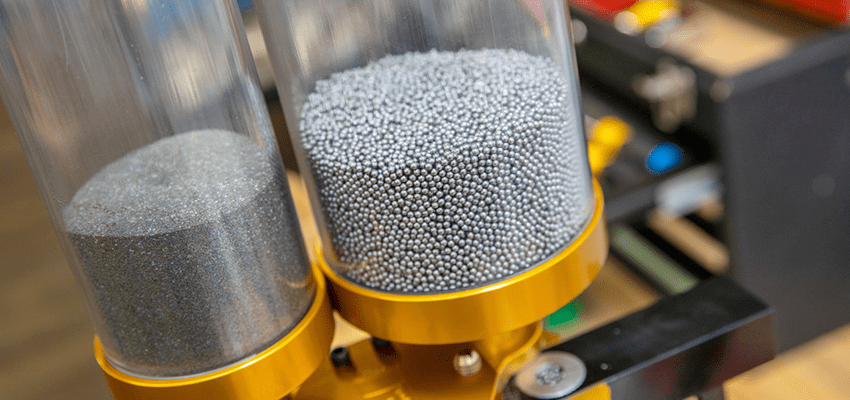
The powder goes in one clearly marked transparent hopper, the shot in another, and a big red lever is between them, attached to the charge bar. Labeled plastic bushings are then placed in the charge bar that determine how much shot and powder are released into each shell. You should match these to the recipe so that the customer understands what needs to be changed when they decide to load a different recipe. Think of it like explaining the difference between a teaspoon and a tablespoon to someone who’s going to bake a cake for the first time. Also explain that, for added safety, the machine won’t work without a bushing in place.
While the Lee Reloading Manual guides for the powder charge dropped for each bushing size on the Load All are approximate, advise your customers to weigh the actual powder dropped by a bushing before they begin to load their first shell, so they can be as precise as possible. That’s where the scale comes in.
Once a customer has their load data all set up and bushings in place, they just have to fill one hopper with powder and the other with shot; the shot hopper will hold about five pounds. On your demo press, work with your customer from left to right through the process, from resizing/depriming through to final crimp.
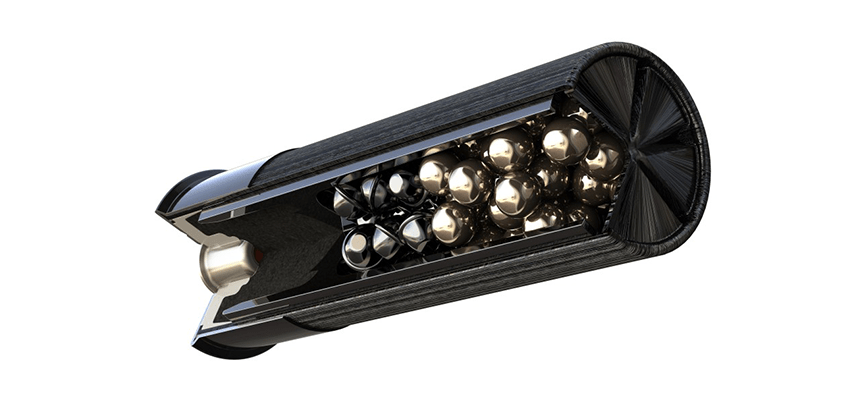
Remember What You Didn’t Use to Know
With all customers new to the idea of reloading, and especially with those who didn’t even know there was such a thing, your salespeople have to approach them just like they did when selling a firearm to a first-time customer. They should, of course, ask the questions necessary to figure out how much, if anything, a customers know about reloading, but then with almost all of then they must put themselves in their customers shoes, remembering that before they knew all that they knew about reloading they knew nothing about reloading.
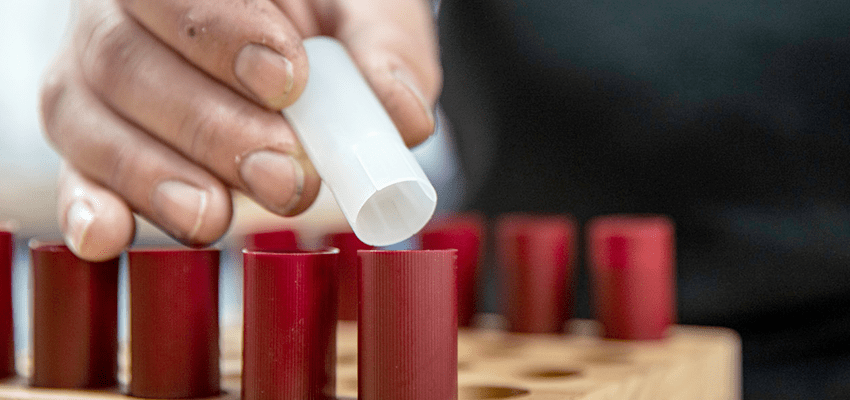
When setting up your demo press, the one your salespeople will use to walk their customers through the process, it would be a great service to your customers to not just break down the steps, but the reasons behind the steps have answers prepared to troubleshoot common questions: What does a correctly seated primer look like and what do I do if mine doesn’t look like that? Why and when would I need to adjust my wad seating depth? Why do I need to resize? What if I have a six-crimp shell but the press is an eight-crimp? (Does your customer even know that both crimps exist?) What do I do if the bushing doesn’t drop the right amount of powder? How do I zero the scale? Can I substitute a Federal primer for a Remington or swap Green Dot for Blue Dot if I run out of powder? How many times can I reload a shell? Is it safe to load this shell with a crack in it?
Sales people who are experienced reloaders had to ask all these questions and others when they got started, but when you have all the necessary knowledge under your belt, it’s easy to forget that at some point you forgot to check for a properly seated primer or a split case because those things are now automatic. Have your reloading salespeople go through some dry runs in a classroom, with someone asking them all the questions a new reloader would ask—what’s this for, what’s this do, why do I do this first?—and they’ll be better prepared to sell the confidence those new reloaders need to commit to that first bundle purchase.
